
At Neural Imaginarium, we believe that no stone should be left unturned in our exploration of AI artistry. Thus, we turned to DALL-E, another highly touted image generation model, for our next round of artistic investigations. We fed DALL-E the same series of prompts previously given to Stable Diffusion, encompassing a broad range of famous paintings, sculptures, and our favorite subject, cats.
Estimated reading time: 2 minutes
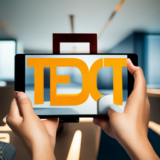
At Neural Imaginarium, we’re always on the hunt for the most exciting innovations in the world of AI-generated art. Today, we’re stepping into the domain of AI video generators—tools that promise to morph textual prompts into vibrant video sequences. For a fair and uniform evaluation, we employed the same set of prompts for each of the tools we tested.
Estimated reading time: 4 minutes
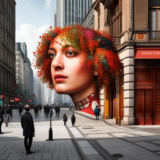
Art, in its many forms, has always been a mirror to society, reflecting technological advancements, cultural shifts, and philosophical debates. The advent of artificial intelligence (AI) has proven no different, with recent developments in AI art stirring discussion and even controversy in the creative realm. Here, we delve into three significant incidents that have ignited these conversations.
Estimated reading time: 4 minutes
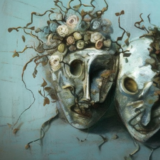
In the ever-evolving landscape of artificial intelligence, we’ve come across an intriguing and relatively uncharted territory: the creation of poetry. Here at Neural Imaginarium, we believe in pushing boundaries and exploring the unexpected, so we’ve embarked on an exciting new venture—Verses from the Void—an ongoing series featuring poetry crafted by our AI counterparts.
Estimated reading time: 11 minutes
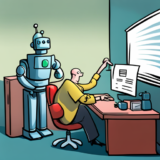
The rise of AI-generated art has brought with it a host of legal and ethical questions, particularly in the realm of copyright. As AI systems become increasingly sophisticated and capable of generating original works of art, questions arise about who should be considered the author of these works and how they should be protected under the law. In response to these concerns, the United States Copyright Office (USCO) recently published a new policy stating that AI-generated art may now be eligible for copyright protection if a creator can prove their significant contribution to the work.
Estimated reading time: 4 minutes
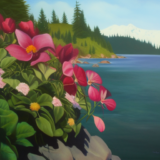
Spring has finally arrived here at Neural Imaginarium, unfurling its vibrant hues after a particularly long winter. It’s a universally appreciated respite, a breath of fresh, blossom-scented air that fills us with renewed energy and excitement. Inspired by the long-awaited arrival of the season, we embarked on an exploration of how DreamStudio, our resident AI artist, handles the task of reimagining famous floral artworks.
Estimated reading time: 2 minutes
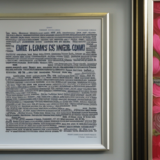
Art is a diverse and multi-layered field of study that relies heavily on both visual and textual analysis. While the visuals are, of course, the main focus, it is through text that we often contextualize, critique, and interpret what we see. The rise of artificial intelligence (AI) in the form of text generation tools, such as OpenAI’s GPT models, offers new and exciting opportunities in the field of art study. Here’s how:
Estimated reading time: 3 minutes
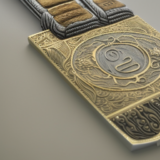
The arena of Artificial Intelligence (AI) and Large Language Models (LLMs) continues to be an ever-evolving landscape. In a recent article, the focus was on how even the most advanced AI language models like Google’s BERT and OpenAI’s ChatGPT grapple with one fundamental aspect of human language: negation.
Estimated reading time: 4 minutes
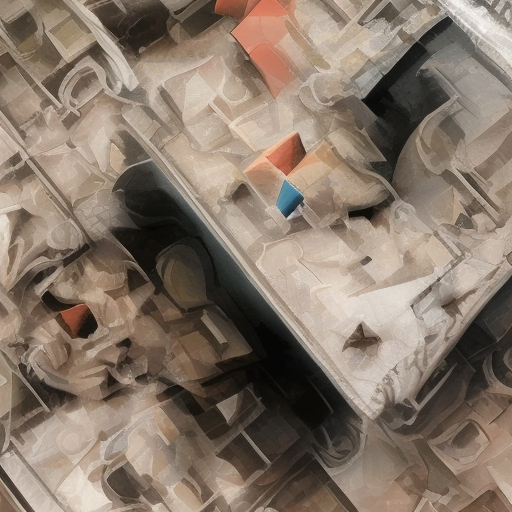
At Neural Imaginarium, we’ve been fascinated with the “Prompt Strength” (or cfg_scale) setting in Stable Diffusion, and have been testing it out to see how it affects the final image produced by the AI. This setting essentially determines how closely the AI should adhere to the prompt given to it. The range is 1-30, with the default setting being 7, and 1 being furthest from the prompt and 30 being closest. At least, that’s what it’s supposed to be.
Estimated reading time: 3 minutes
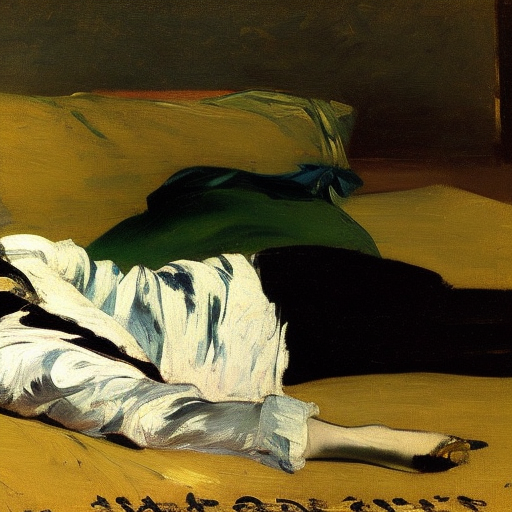
When creating AI-generated art, the size and aspect ratio of the final image are as crucial as the subject matter itself. In our recent experiments with the Stable Diffusion model on DreamStudio, we’ve been exploring how varying aspect ratios affect the final artwork, especially when the subject matter is highly specific and recognizable. Our journey began with the realization that using the default 1:1 aspect ratio often resulted in unsatisfactory images, where important elements, like the subject’s head, were frequently cropped off.
Estimated reading time: 3 minutes









